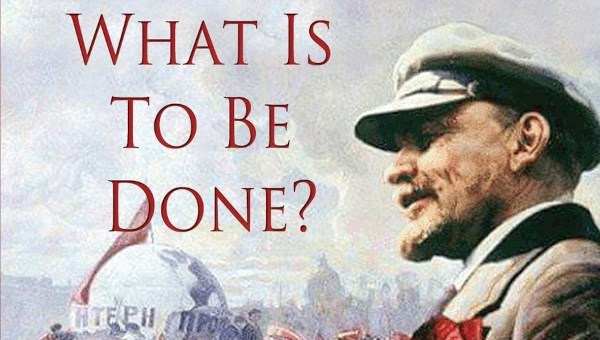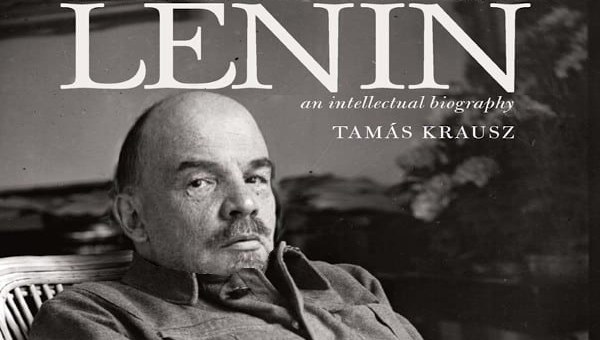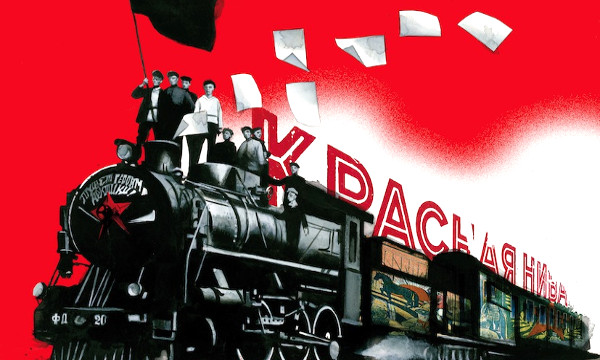Whether these are pre-revolutionary times is hard to say. What is clear is that we are experiencing an interregnum, a period of transformation during which an increasingly authoritarian and post-democratic neoliberal power bloc defends its interest, even obstructing inner-capitalistic solutions to the crisis (like green capitalist initiatives). Due to its lack of attractiveness and inadequate economic potential, authoritarianism is certainly too limited to develop into a hegemonic project of its own right (Candeias 2009). But he [Mimmo Porcaro] is able to prevent, that “the elements of a solution could develop with the necessary speed. Those in power cannot solve the crisis; yet they wield the power which prevents other groups from solving the crisis. As such, the only power they have is the power to prolong the crisis” (Gramsci, H.14, §58). In the face of uncertainty, the ruling classes are divided on the question of how to solve the crisis: Financial market regulation has come to a halt, debt reduction has failed and there is still growing over-accumulation of finance capital (although the pace slowed down). But regarding the authoritarian preservation and exercise of state power, the ruling classes are able to agree to strategically focus “precisely on the state as the final guarantor of their survival” (Porcaro 2012). Nonetheless, they have lost their capacity to lead and actively organize a consensus. In southern Europe, the ruling classes have already begun to dispense consensus, force and coercion are laid bare.

Social institutions in Spain and Greece have basically collapsed and are being replaced or underpinned by initiatives for informal mutual support of the people (see Wainwright 2012). Mass demonstrations have become the order of the day. Only the repressive state apparatus does continue to function. The “trenches” of civil society to the point of newspapers and media are dominated by a critique of incompetent and corrupt governments and of the imperial submission under the European Troika. Even though lives of the people is recommitted to self-organization and the streets are conquered, the dominant groups – untouched – continue their austerity without prospects. The “flows” of civil society organizing are unable to permeate to “stable institutions” (Porcaro 2012) of power. This clearly demonstrates the limits of changing the world without seizing power.
Political Condensation
So, the strategic question is not whether to conquer “the powerful system of fortresses and earthworks of civil society” or the centers of power, as Rehmann accurately points out; this would be a false opposition, and something that has already divided the left on various occasions. As Porcaro indicates, pure movement-based mobilization, or “a linear and cumulative time for the progressive growth of popular self-organized subjectivity” (Porcaro 2012) will no longer suffice. The time for political condensation has come: this is the “Lenin moment.”
Movements such as 15M in Spain or the occupation of Syntagma Square in Greece led to the formation of a plural subject. After the evictions from public squares, these movements radiated into the neighborhoods and numerous other areas without becoming dispersed. This molecular form of organization involved broad sections of the population. This is not a typical social movement but a broad popular social mobilization (Juberias et. al. 2012). The organic cooperation that developed between such diverse groups means that it no longer makes sense to differentiate between them in a simple sociological way. In Spain, for example, unions have strategically reoriented themselves as a consequence of the 15M movement; and unions now provide the basis of campaigns against evictions. Similarly, movement activists organize strikes and stand as candidates for the Izquierda Unida (The United Left Party); and all together they march on the streets. The most spectacular actions have been those in which banks were stormed and squatted, such as by the Iaioflautas, the 80-year-old “children” of the 15M movement who fought their last battle against the Franco dictatorship and who are now bringing their experience back to the streets again, this time in the name of their grandchildren.
Condensation has already taken place to a large degree; the remaining divisions may be numerous but they are no longer so important. Izquierda Unida, the unions and the 15M movement turned their divisions into a cooperative and productive tension. In the different waves of protests, such as those targeting healthcare and education, objecting to evictions or supporting free media, have been closely coordinated with each other as well as with the mass demonstrations and general strikes. Then a relatively “tightknit” group (Porcaro 2012) of experienced left activists started an initiative to occupy the parliament. The groups constituting the 15M movement had numerous discussions about that action. They finally decided to surround the parliament on September 25 and to do so regularly. Their aim was to focus on one of the headquarters of power. The decision to change the tactic was taken due to the relation of forces facing repressive reactions, but to avoid divisions and enable as many people as possible to participate. And they continue to organize broad activities together with initiatives to bring things together and push for a de- and reconstitution of power. In Greece, Syriza symbolizes a similar point of condensation: it has translated civil society self-organization and protest into a perspective that aims to seize power.
For a Constitutional Process from Below
This leads to the question as to whether Syriza symbolizes Porcaro’s predicted shift away from a war of position to a war of manoeuvre. The party aims to win power through democratic elections. There is no other way; yet assuming power within the existing institutional framework would give very little room for manoeuvre for a left government. The tight grip of either the Troika or of the international financial markets will not be eased. Accordingly, taking power without changing the world can only result in failure; Syriza knows this very well. Consequently, the Lenin moment depends not only on “developing the potential of the given situation” of social mobilization with the aim of taking over the government, but on “constructing a situation that does not yet exist” (Porcaro 2012). With Porcaro, but also going beyond him, this implies questioning and rebuilding the existing institutions.
Current social mobilization not only targets the Troika and the governments in question; it also targets traditional institutions of formal, representative democracy and capitalist rule. As a constituting power it aims to develop a new form of constituted power. This thought however, still remains caught up in ideas of the “cumulative” expansion of other worlds from below. Condensation needs to be aimed once more at the headquarters of power. However, this should not be led by a simple set of demands such as the end of evictions, debt cancellation or the call for a Social Europe – even tough each of these in itself is vital.
With regard to the struggles in Spain and Greece and the necessary wider Europeanization of the protests, demands and struggles need to be inter-connected. This is something that could start a process for the re-foundation of Europe. This is true for the initiatives for national and European debt audits, highlighting the illegitimacy of the debt regime itself. This is also true for a participatory, horizontal and diagonal connecting constitutional process from below, targeting the current configuration of rule in Europe – council-like structure of organization and participation from the neighborhoods and regions to the national and European level. Both could become points of condensation, combining mobilization and protest against headquarters of power with struggles for their fundamental transformation. At the same time they could be an “emergency break” – to borrow a notion from Walter Benjamin – that disrupts the machinery of endless cuts an continued catastrophe.
Without fundamentally questioning and rebuilding current institutions, even a Syriza-led government would have no chance. The asymmetries of power in Europe are terrible. Yet, if the neoliberal governments were brought down, the potential of a constitutional process from below and even of debt audits will vanish away. It is not clear whether power should be seized trough a new type of party, as is the case in Greece, or through a kind of Spanish frente civico (a citizens’ front) that is trying to bring the government down without seizing a new one, to produce a rupture to start the constitutional process. What is clear is, we should try both strategies. •






